Python, with its versatility and flexibility, has become one of the most preferred languages in the web world. With the increase in the demand and fashion for data sciences, data scientists and software developers don’t swear by python. The beautiful and elegant language has an easy to get syntax and readable code. It is used for making projections, data interpretations, and streamline processes. Further with the advent of Artificial intelligence (AI), it is being used undisputedly.
The open-source language has a plethora of libraries to support and embrace the high-level language. Different libraries play their supporting role in different phases of Data sciences. Starting from the data mining phase it has diverse libraries for Data Processing, Modeling, and Data visualization. All the libraries have different benefits. Here is a small snapshot for libraries of Python.
1. Scrappy

Scrappy is a useful library as it helps retrieve structured data from the web. It helps to build crawling programs to extract information of URL and contact info. Scrappy as the data science library is used to generate and collect data from the APIs. The universal code helps the developers as it can be easily reused for scaling large crawlers.
2. Beautiful Soup
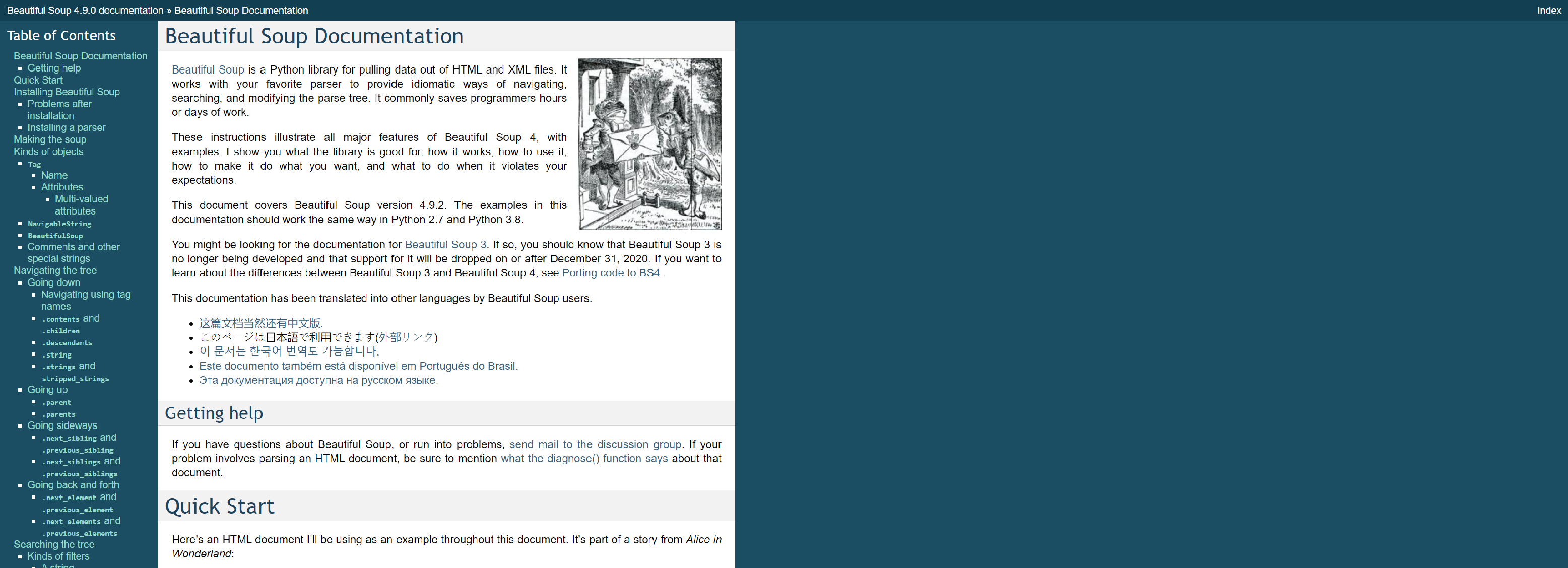
The Beautiful Soup comes to the rescue when one wants to collect data from the website but not through APIs. It is one of the most widely used libraries that helps easy scrapping and web crawling of data.
3. NumPy
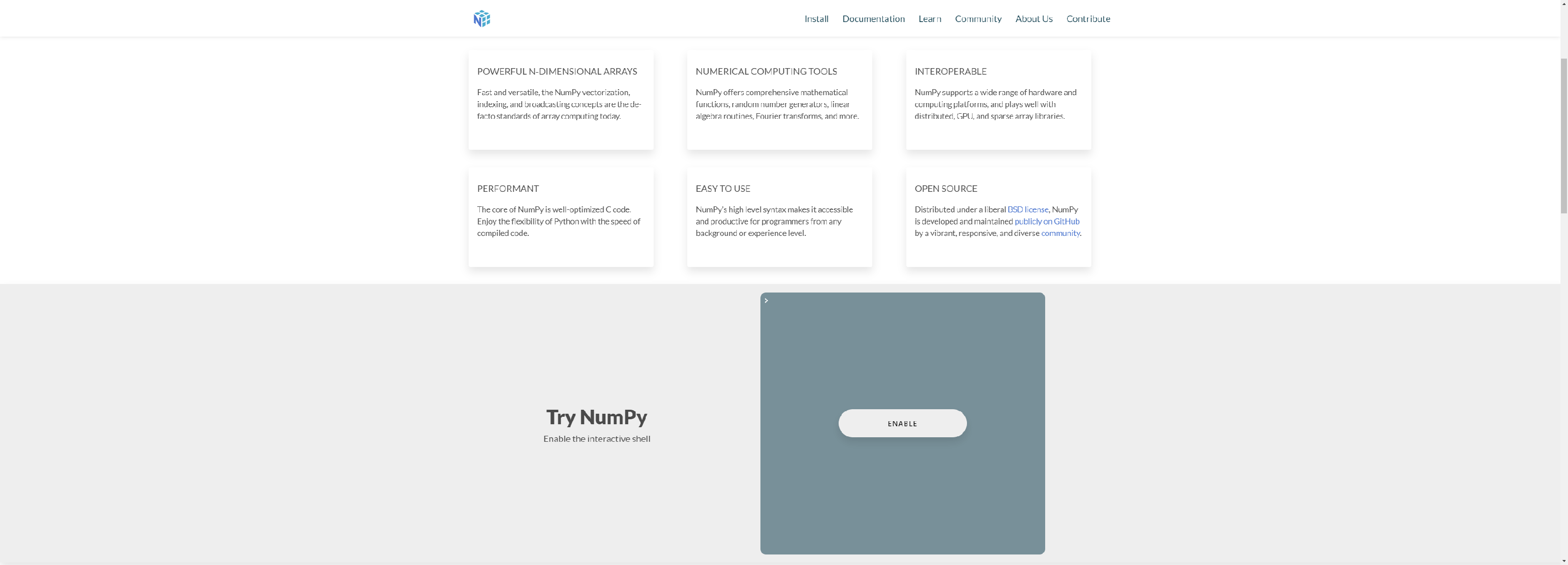
NumPy or Numerical Python is a data science library used for Data processing and Modeling. The tool is suitable for scientific computing and performing and is widely used in advanced array operations.
The unstructured data can be modeled into structured data only after treatment on n-arrays and Matrices in Python. The library helps the smooth performance of math operations, storing the respective values, and hence their vectorization smoothly. Python web development company uses NumPy that has beautiful features helping increase the overall performance and time.
4. SciPy
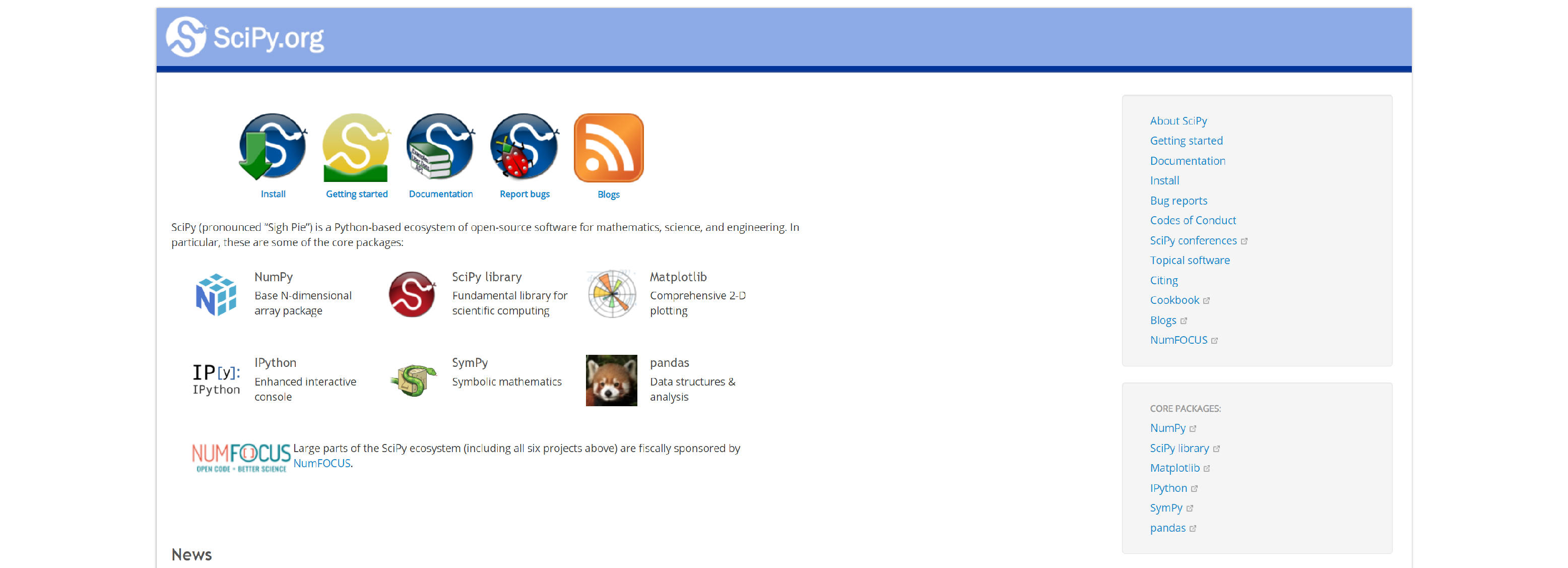
SciPy also is known as scientific programming as the name suggests goes well with linear algebra, statistics, and optimization. All the numerical routine outputs such as integration and numerical modeling are handled by SciPy. Moreover, it goes just like NumPy sharing the same functionality and sub modules.
5. Pandas

Pandas as a library provide easy handling of data structures; it helps conversion to Data Frame objects, handling missing data, and projecting figures and data. Further, it helps in the addition and deletion of columns from Data frames, making corrections, finding values for missing data places, and further plotting it for interpretation and analysis. Pandas have facilitated the data handling, manipulation, and visualization today with its labeled and relational data output realms.
6. Keras

When it comes to extensibility and going straight, Keras offers some features as it works best for neural networks and modeling. Keras takes its back support from Theano and Tensor Flow and leverages it for producing data modeling.
7. SciKit-Learn

Scikit learn is a high performing, one version of Scikits was using math operations for meeting the demands of machine learning algorithms. It is used extensively by data scientists for handling standard machine learning and facilitating data mining through regression, reduction, classification, and model selection.
8. Pytorch

Pytorch is a library based on Torch, an open-source deep-learning library in C that is perfect for data scientists. Pytorch is a library that transcends the path of deep learning. Whether it is the creation of computational graphs or coming up with figures and gradients py torch proves its worth very well.
9. Tensor Flow
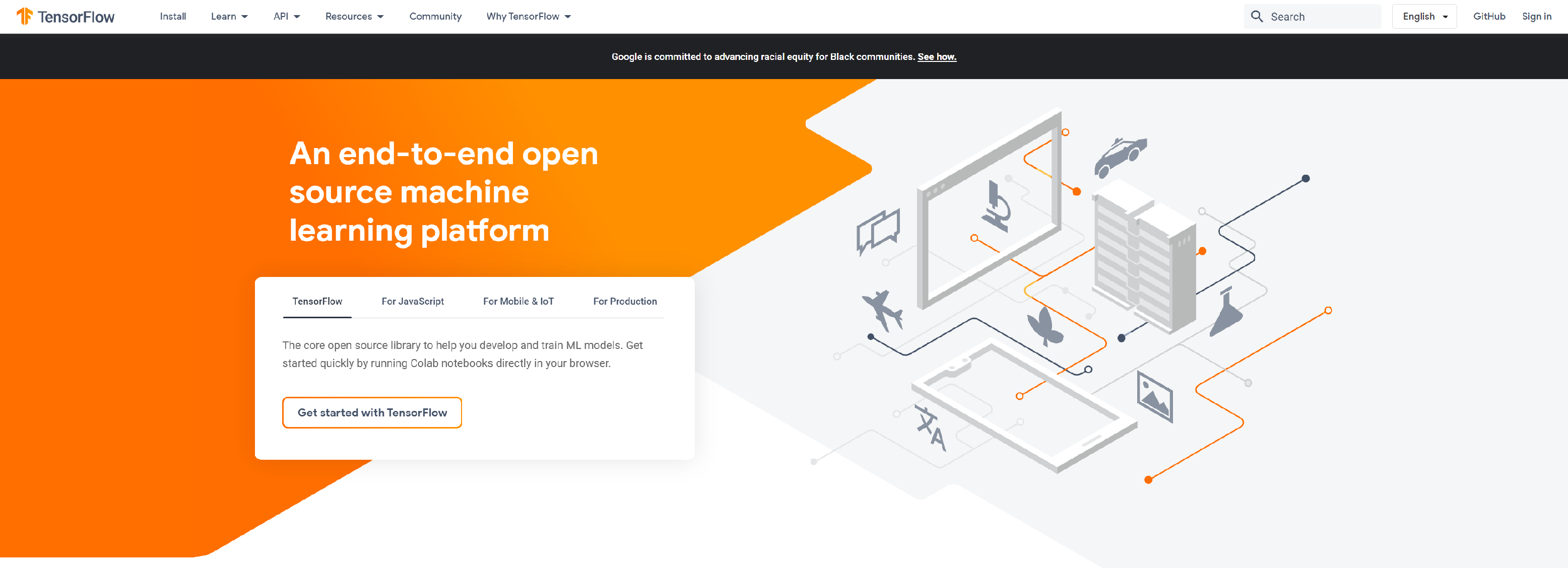
When It comes to tasks like object identification and speech recognition, Tensor flow as a popular Python Framework is used. A machine learning and deep learning framework handle data sets with the help of artificial neural networks. This library is ever since its inception, evolving and fixing its potential security issues.
10. XGBoost

This is also a machine learning algorithm that is portable, flexible, and efficient. With its extensive features as a part of the Gradient boosting framework, it is used by developers for running code on major distributed environments like MPI, SGE, and Hadoop.
11. Matplotlib
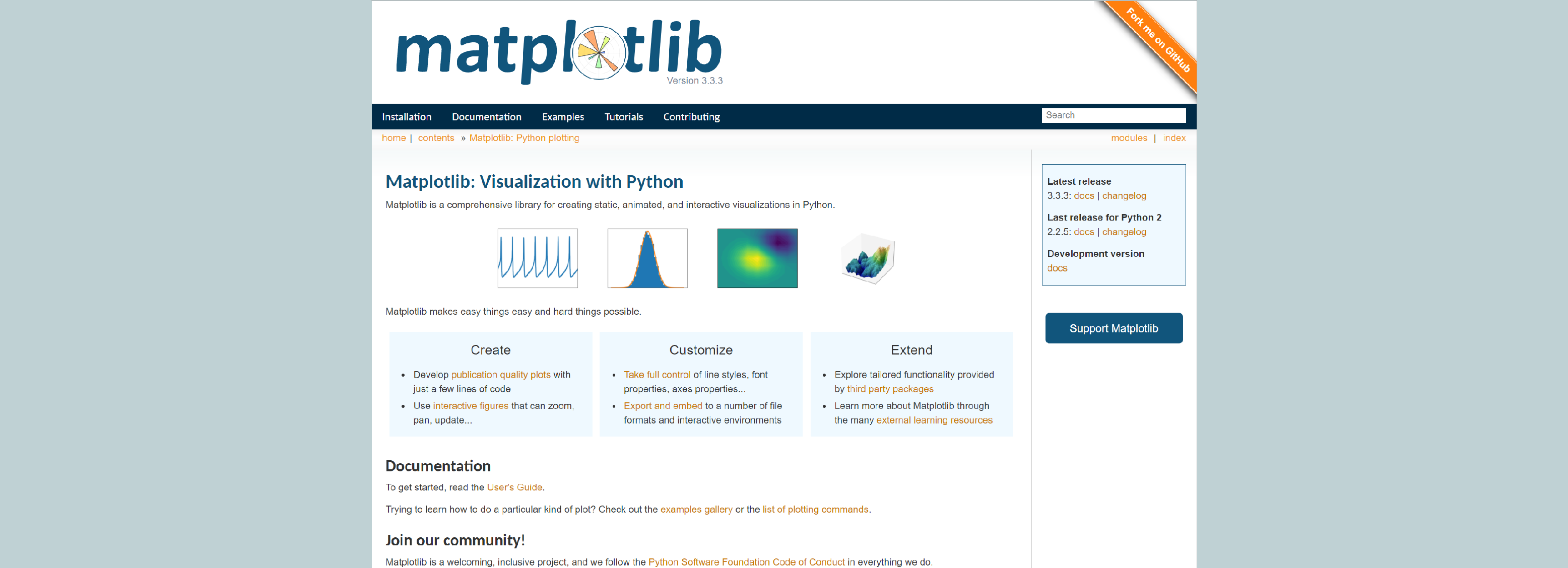
Matlotlib is an object-oriented API that is useful for data science projects. It readily helps to embed plots into applications. It is the standard data science library that helps generate data visualizations like two- dimensional diagrams, graphs, non-Cartesian graphs, and histograms.
12. Seaborn
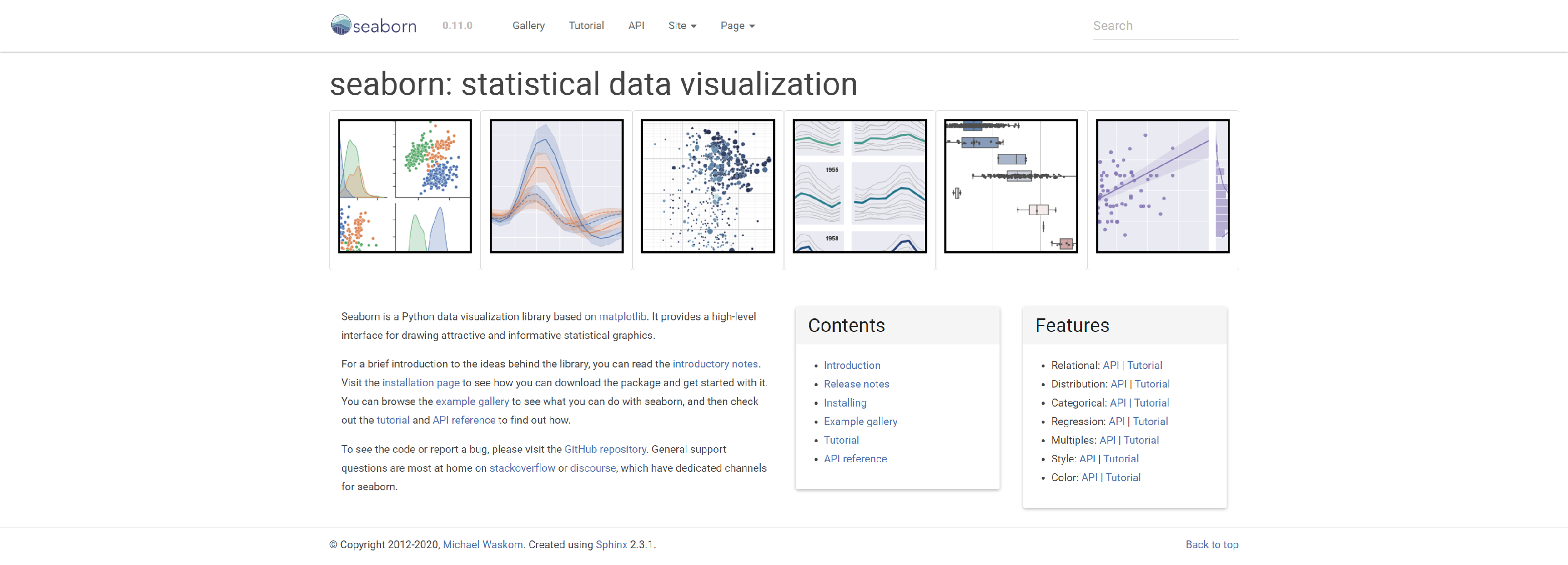
Another version of MatplotLib, Seaborn is a machine learning tool for visualizing statistical models that provide a summary of data and depict the overall distributions. This library helps in creating visualizations like time series, joint plots, and Venn diagrams.
13. Bokeh
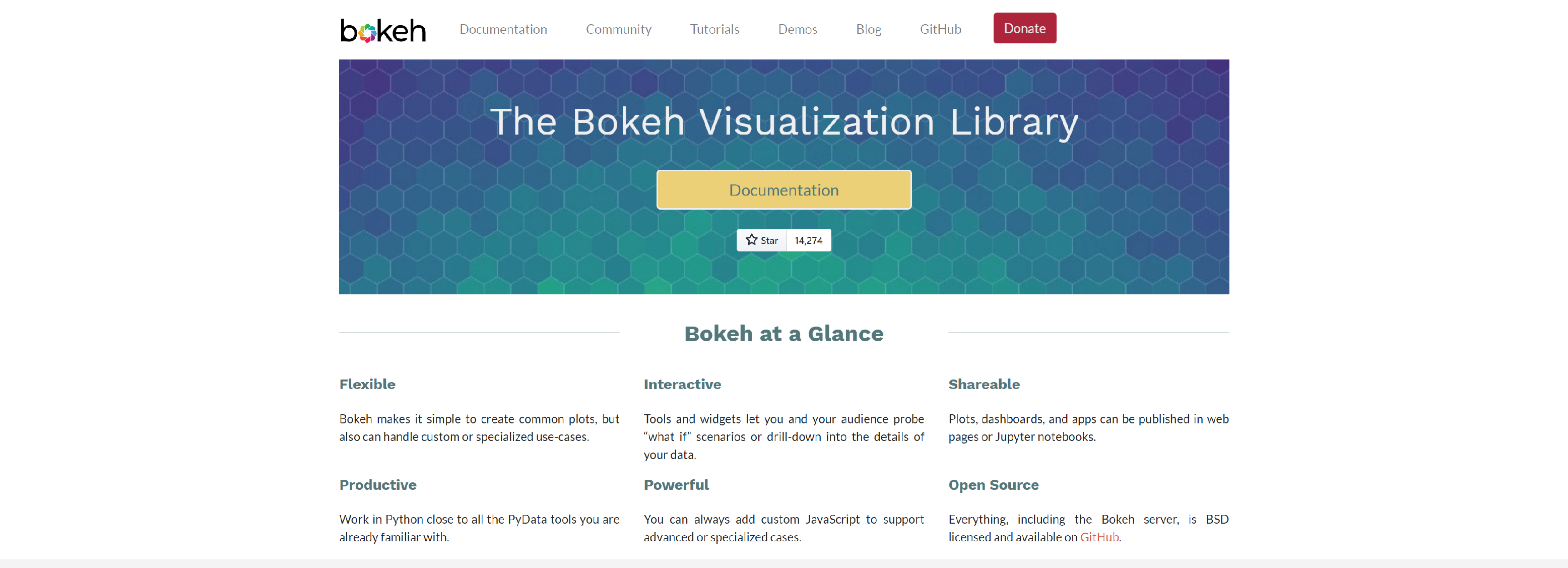
The most preferred library for creating interactive and scalable visualizations and is independent of Matlpotlib. It presents visualizations similar to Data-Driven Documents (d3.js). through modern browsers with the main focus on interactivity. it caters to presenting a set of graphs, linking plots, or adding JavaScript widgets.
14. Plotly

Plotly, as the name suggests is used for plotting some useful yet out of the box, Graphics for data visualization. The library helps present new features and graphics for supporting multiple linked views, crosstalk integration. Plotly as a library works very well in interactive web applications and for web development companies.
15. Pydot
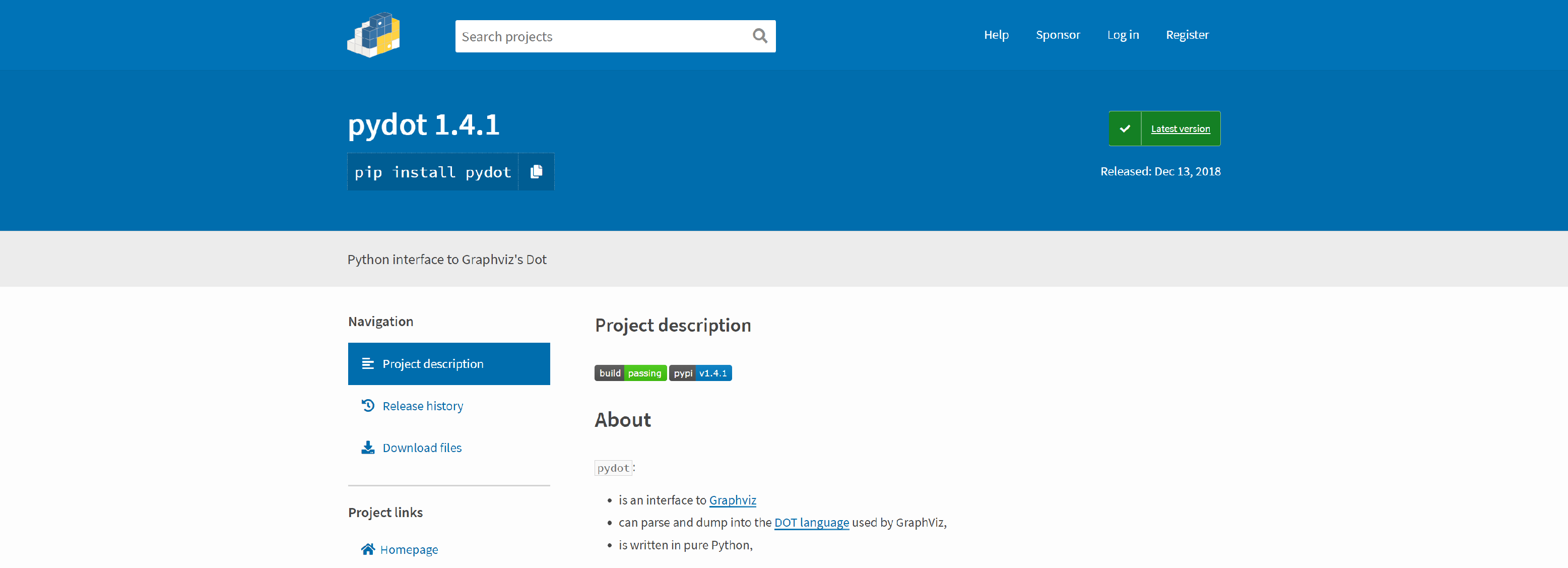
A complex library, Pydot is written in pure python. It is used for developing algorithms based on neural networks and decision trees. The library generates oriented and non oriented graphs and to analyze the structure of graphs with ease, turning down the gates of complexities.
16. Pipenv

Pipenv is the python library that emphasizes python development workflows for humans. It aims to bring the best of all packaging worlds to the python world. The production-ready tool was created primarily to manage the package discrepancies.
17. Bob
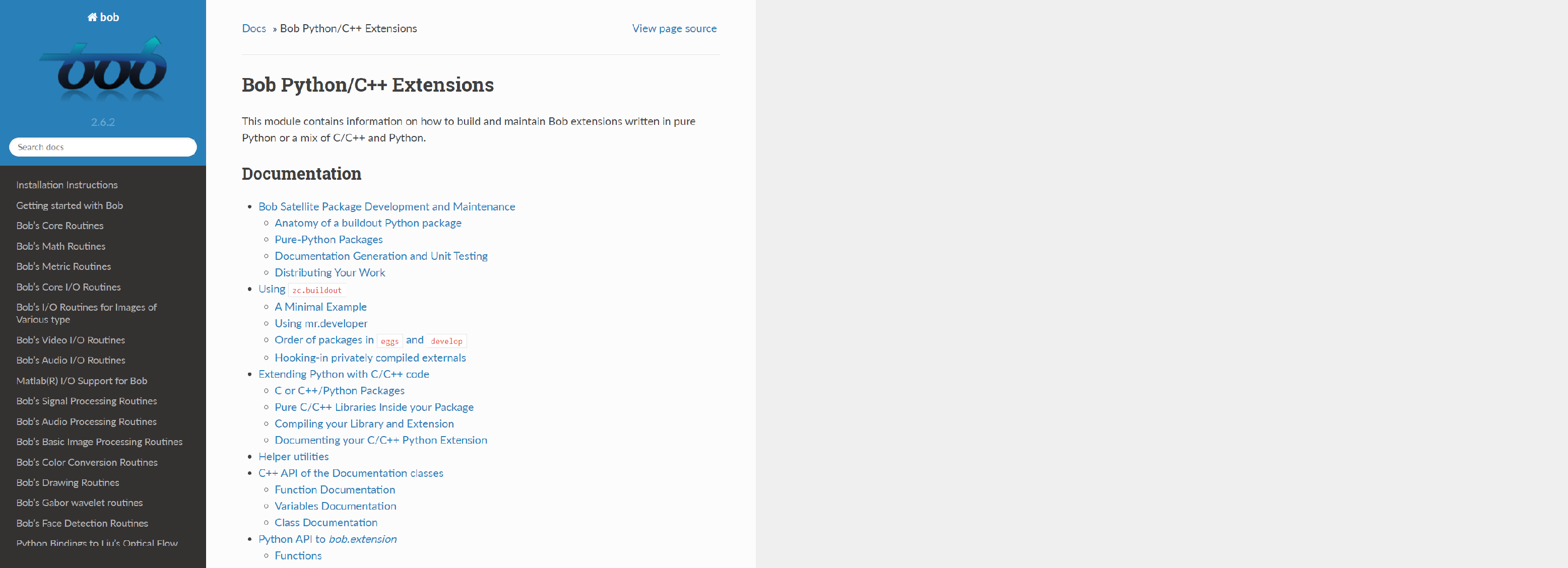
Bob is a machine learning library written as a mix of Python and C++. Bob is known for its efficiency and application in various areas of image recognition, image processing, and video processing with its large number of packages available.
18. Dash
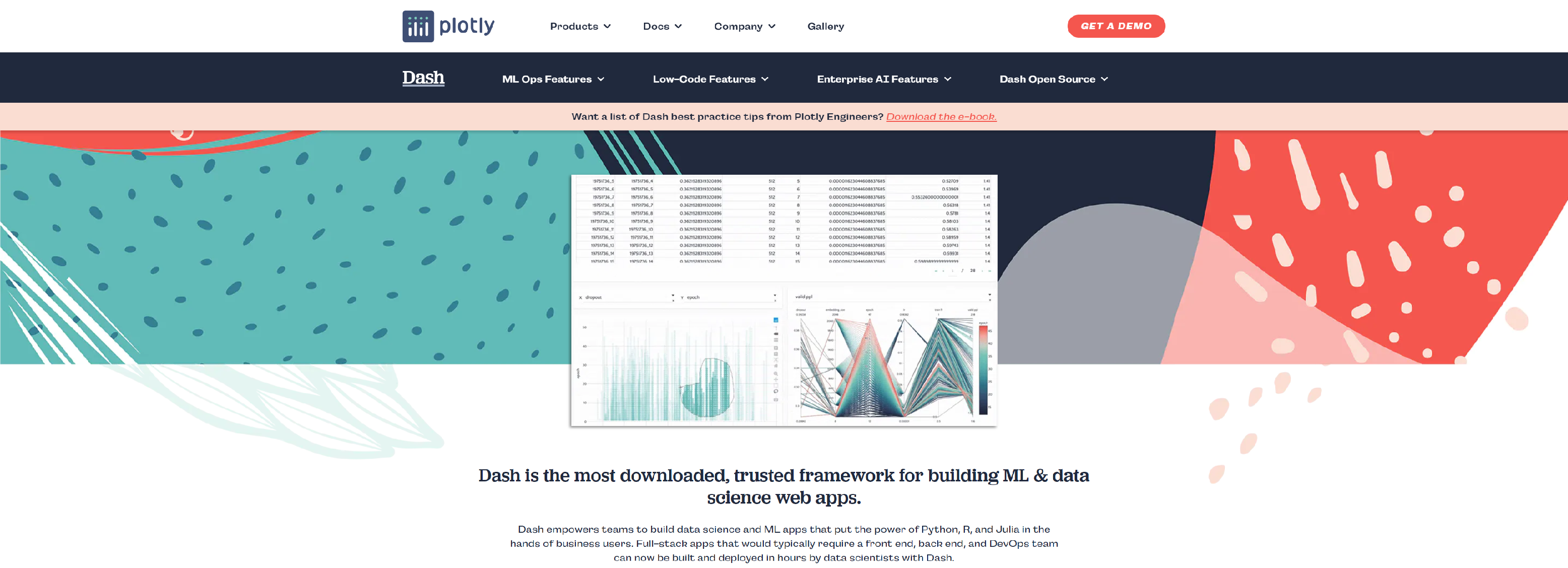
Dash is the productive python framework that is made almost for all python users. The dash appears to be the Frontend to the analytical python backend. It is used for exploring data and monitoring experiments and is one of the most used Data visualization libraries.
19. Theano
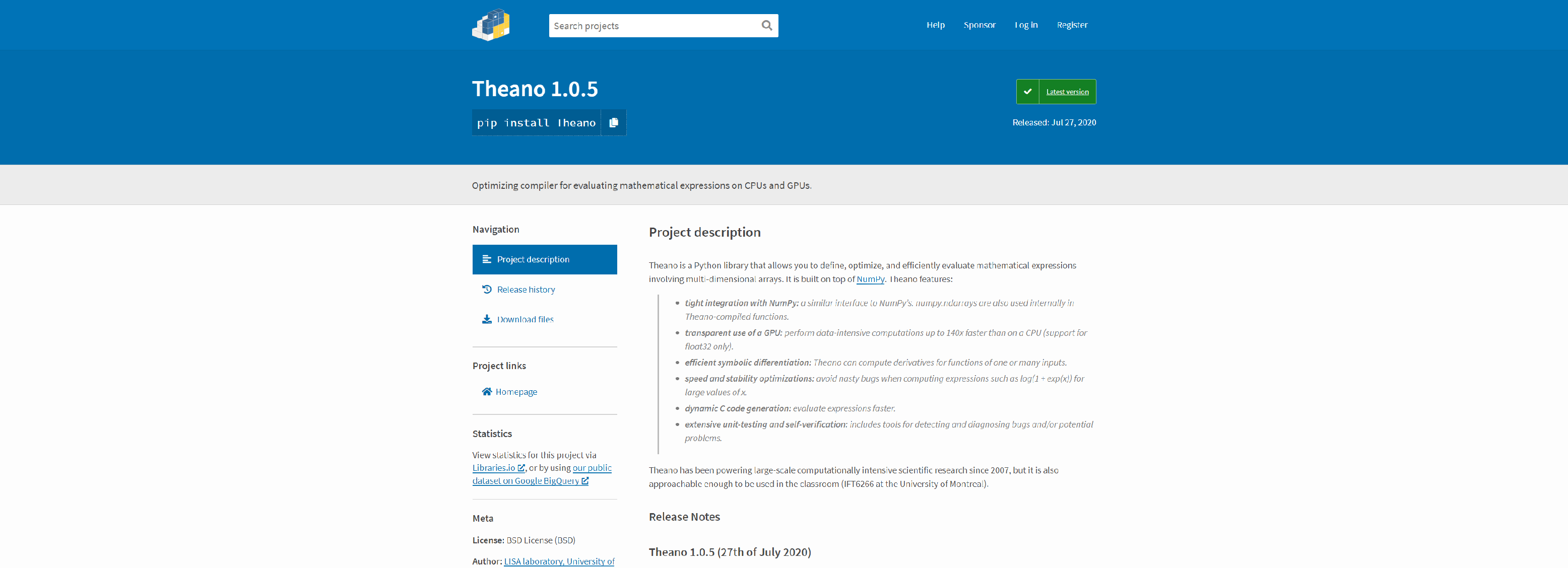
Theano is an open-source library that is a better version of NUmpy when it comes to mathematical expressions. It works its best to recognize unstable expressions. It works seamlessly to define, optimize, and enables the swift implementation of code.
20. Open CV
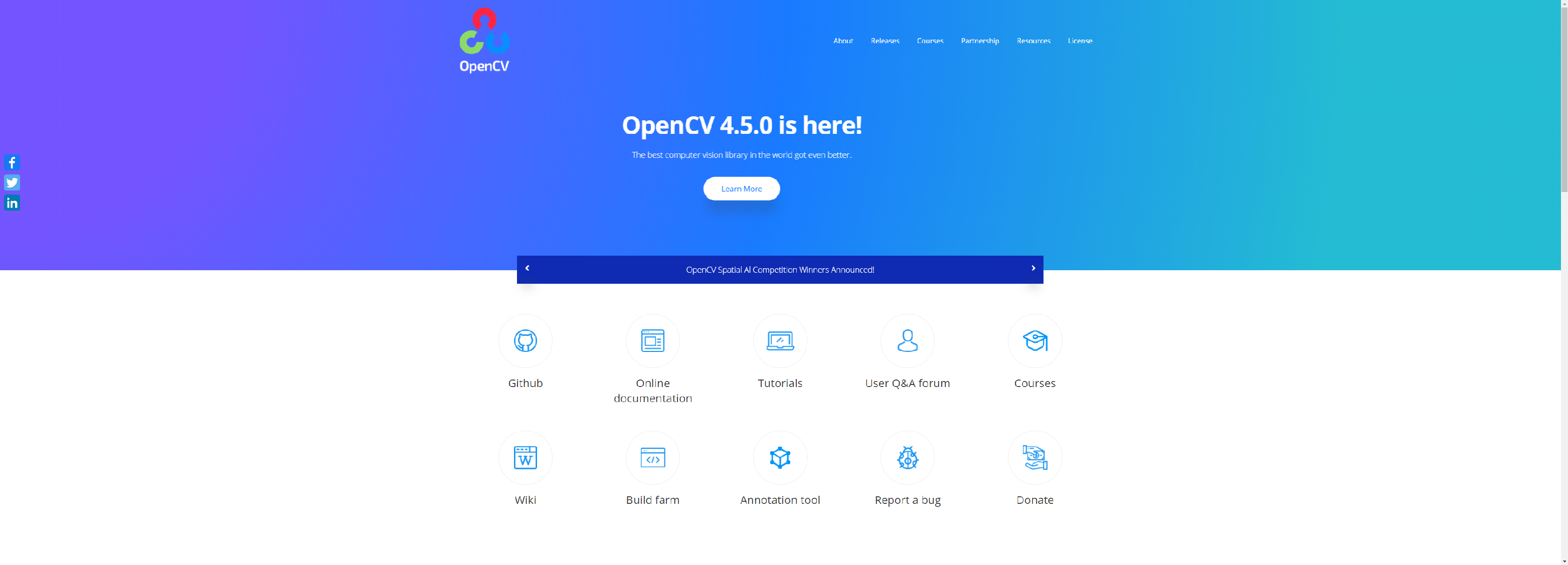
Open CV or open-source computer vision is a library that is used for image processing. It is focused on instant computer vision and helps reading and writing images at the same time. It helps pay recognition of objects like dogs, faces, and trees in any video or image files.
Wrapping up
Data Science and Machine learning provide the basic data structuring, analysis, and visualization of data. Python is used extensively for all the data science projects as it provides comprehensive library support that helps in any kind of data, mathematical or image processing. Python ecosystem is huge and ever-evolving. Much advancement is making this universe larger by facilitating interpretation and visualization easier. Python and its libraries have helped in scraping the web and making interpretations for the complex mathematical algorithms much simpler. Apart from the above list, few other libraries are part of Python Libraries.